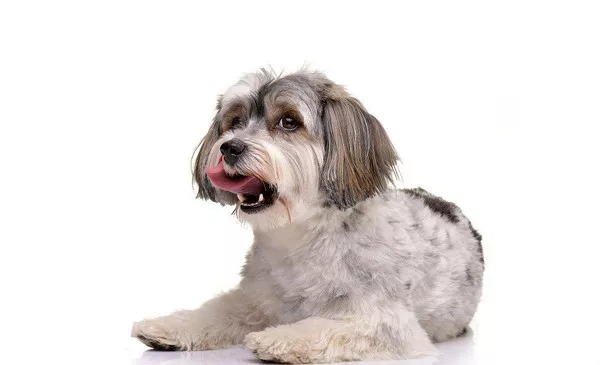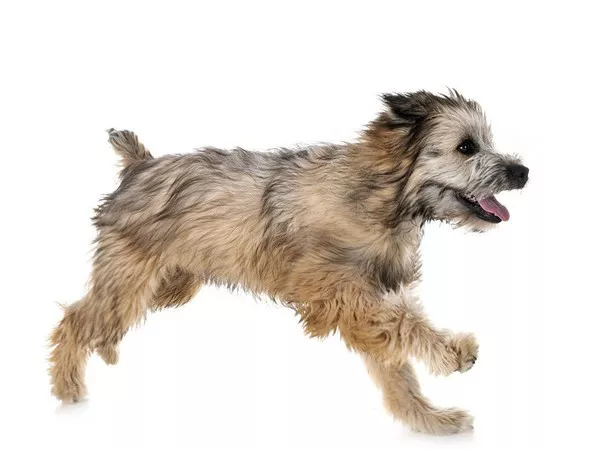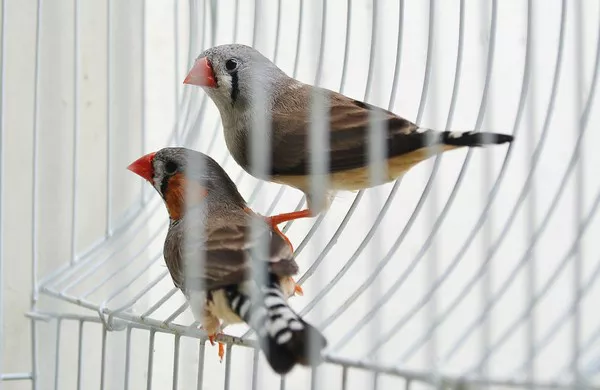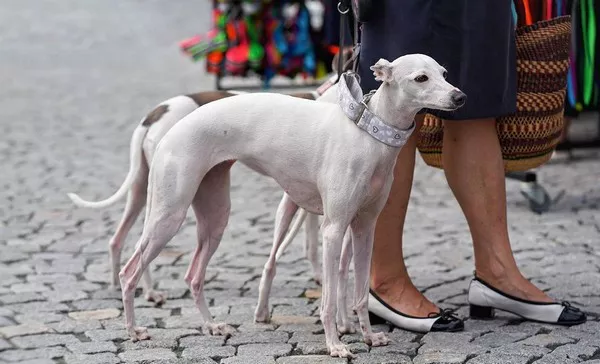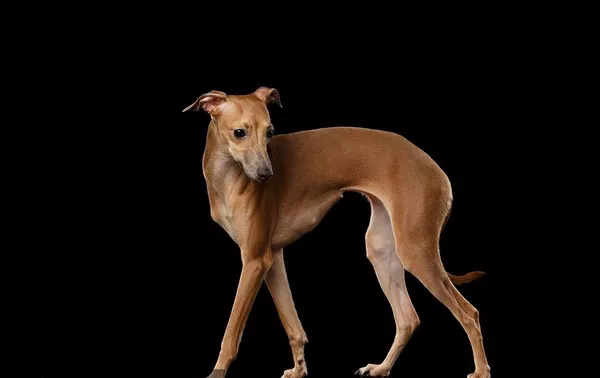The American Shorthair (ASH) is a beloved breed known for its easygoing nature, striking appearance, and affectionate temperament. As cat owners, we often notice changes in our pets as they grow older, whether in behavior, health, or appearance. One such observation is the potential change in the color of a cat’s fur as it ages. This raises an interesting question: Do American Shorthair cats get darker with age?
In this article, we will explore the factors that influence the coat color of American Shorthair cats, the genetics behind their fur patterns, and how their fur may change as they grow older. Along the way, we’ll also discuss how environmental factors and health conditions can impact coat color, ensuring that cat owners have a comprehensive understanding of their feline companion’s aging process.
1. Understanding the American Shorthair Cat’s Coat
The American Shorthair cat is one of the most popular and recognizable breeds in the world, particularly in the United States. Known for their robust health, strong build, and short coat, they come in a variety of colors and patterns. The breed is renowned for its striking appearance, characterized by a round face, large eyes, and a muscular body. But it’s the cat’s fur that often catches the eye of pet lovers, with its dense, short texture and beautiful array of color combinations.
The American Shorthair breed is highly diverse in terms of coat colors and patterns. Some of the most common include:
Solid Colors: Cats with a single color throughout their coat, such as black, white, or blue (grey).
Tabby Patterns: These include classic tabby (swirled patterns), mackerel tabby (striped), and spotted tabby.
Bicolor or Tricolor: Cats with distinct patterns, such as white with patches of another color, or tortoiseshell patterns (mixture of black, orange, and sometimes cream).
Each of these color and pattern variations is the result of complex genetic factors, and some may be more prone to change with age than others.
2. Genetics and Coat Color in American Shorthairs
The color of an American Shorthair cat’s coat is primarily determined by its genetic makeup. Cats inherit genes from their parents, and these genes control the production of pigments that create the color and pattern of their fur. There are two main types of pigments that affect a cat’s coat:
Eumelanin: This pigment produces black, brown, and grey colors.
Pheomelanin: This pigment results in orange, red, and yellow hues.
The specific combination of these pigments, along with genetic mutations that affect their distribution, gives each American Shorthair its unique coat color. For example, a black American Shorthair has a high concentration of eumelanin, while an orange cat produces more pheomelanin.
There are also genes that regulate the intensity of color. For instance:
Agouti gene: This gene causes the hair to have alternating light and dark bands, which creates a ticked appearance (often seen in tabby patterns).
Dilution gene: This gene can “dilute” the intensity of the color. For example, a cat with the dilution gene might have a blue (gray) coat instead of a solid black one.
The color patterns seen in American Shorthairs depend on the specific combination of these genetic factors. But what happens to these colors over time? Do they change as the cat ages?
3. The Effect of Aging on Coat Color
As American Shorthair cats age, changes in their coat color are a natural part of the aging process. However, not all cats will experience drastic color changes, and the extent to which this occurs depends on several factors.
Do American Shorthair Cats Get Darker with Age?
The simple answer is that it’s not typical for American Shorthair cats to get significantly darker with age. In fact, many cats experience a slight lightening of their fur over time, particularly if they have a lighter-colored coat to begin with. But there are a few reasons why some cats might appear to get darker as they age.
Exposure to Sunlight and Temperature: One of the most common factors influencing coat color in cats is exposure to heat or sunlight. This is particularly true for cats with a genetic mutation called the “Himalayan gene” or temperature-sensitive albinism, which can cause darker fur to develop in cooler areas of the body. While this is more commonly seen in breeds like Siamese, it can occasionally appear in American Shorthairs with similar genetic traits. A cat that spends a lot of time in a warm environment may experience a lighter coat, while cooler environments may trigger darker fur in certain areas.
Thickening of the Fur: As cats age, their fur often becomes thicker and denser. This change can make the color appear more intense or richer, especially in darker-colored cats. The increased density of fur could lead to the appearance of a darker coat, but this is more of a visual change rather than an actual darkening of the fur.
Changes in Pigment Production: As cats age, there may be subtle changes in the way their bodies produce pigmentation. In some cases, older cats may have a decrease in the production of pigments, leading to a lighter coat overall. Conversely, certain environmental factors or hormonal changes may result in darker fur in specific areas. However, these changes are usually subtle and gradual.
How Aging Affects Specific Colors
Some coat colors may be more prone to visible changes as cats age. Here’s a breakdown of how aging might affect the most common coat colors seen in American Shorthairs:
Black and Blue (Gray) Cats: Black American Shorthairs may appear to have a slightly duller or faded coat as they age. While they generally don’t get darker, some older black cats may have a more “matte” finish rather than the glossy sheen seen in younger cats. Blue (gray) cats may also experience a softening of their coat, resulting in a lighter shade over time.
Tabby Cats: Tabby cats, especially those with lighter base colors, may show more noticeable changes in their coat as they age. The tabby markings may become less distinct, or they may appear slightly faded due to a decrease in pigmentation. The underlying color may also shift, either becoming lighter or, in some cases, darker due to environmental factors.
Tortoiseshell and Calico Cats: For tortoiseshell and calico American Shorthairs, the mixing of colors can sometimes become more muted as the cat ages. These cats may appear less vibrant, and the contrast between the colors may become less sharp, making the coat look softer and more blended. While the individual colors may not get darker, they may fade over time, especially in the case of lighter patches.
4. Environmental Factors That Influence Coat Color
While the aging process can cause some natural changes to a cat’s coat color, the environment can also have a significant impact on how a cat’s fur appears.
Seasonal Changes
Cats, like many other animals, have coats that may change slightly with the seasons. In colder months, some cats may grow a thicker coat, which can result in the appearance of a darker or more intense color. Conversely, during the warmer months, a cat may shed its thick undercoat, revealing a lighter, finer coat underneath.
Sun Exposure
As mentioned earlier, sunlight can cause certain areas of a cat’s fur to darken. A cat that spends a lot of time in the sun may develop darker fur in areas like the tips of the ears, the tail, or along the back. This is especially true for cats with a genetically predisposed coat color that can change in response to temperature. If an American Shorthair spends most of its time indoors, its coat may stay lighter.
Temperature Sensitivity
Some American Shorthairs may have temperature-sensitive coat color changes, though this is not common. This is more prevalent in breeds with a genetic predisposition to this trait, such as the Siamese. If a cat’s body temperature varies significantly with the environment, this may cause darker patches in certain areas of the coat.
5. Health Issues and Coat Color Changes
In some cases, a change in a cat’s coat color can be a sign of an underlying health issue. For example:
Hypothyroidism: This condition, which involves an underactive thyroid, can lead to changes in coat quality, including hair thinning or changes in pigmentation.
Alopecia: Some cats may experience hair loss or thinning due to stress, hormonal imbalances, or infections.
Fungal or Parasitic Infections: Certain infections can lead to changes in the coat’s appearance, including discoloration or patchy fur.
Nutritional Deficiencies: A poor diet can lead to dull, dry, or thinning fur. Proper nutrition is vital to maintaining a healthy coat.
If you notice significant changes in your cat’s coat, such as unexpected darkening, patchiness, or hair loss, it’s important to consult a veterinarian to rule out any health concerns.
6. How to Care for an Aging American Shorthair’s Coat
As your American Shorthair ages, it’s important to maintain a good grooming routine to ensure their coat remains healthy and vibrant. Regular brushing will help reduce shedding and prevent matting, while also stimulating the skin to produce natural oils that keep the fur shiny. Even though American Shorthairs have short fur, they still benefit from brushing, especially as they age and their coat may change in texture.
Additionally, feeding your cat a balanced, high-quality diet will support its skin and coat health. Supplements such as omega-3 fatty acids can improve coat condition and help maintain a glossy shine, even in older cats.
Conclusion
To answer the question, do American Shorthair cats get darker with age?, it’s important to understand that changes in coat color as cats grow older are typically subtle. While some cats may experience slight darkening, it is far more common for their coats to become lighter or softer over time. Factors like exposure to sunlight, temperature, and genetics all play a role in how a cat’s coat appears as it ages.
However, while a slight change in coat color is natural, significant changes in a cat’s fur could signal a health issue. As always, if you notice any unusual changes in your American Shorthair’s coat, it’s a good idea to consult with your veterinarian to ensure their overall health and well-being.
Ultimately, the aging process in cats, including their coats, is a natural part of life, and every cat will age in its own unique way. By understanding the factors that influence coat color, you can better appreciate the beauty of your American Shorthair as it grows older.
Related Topics:



